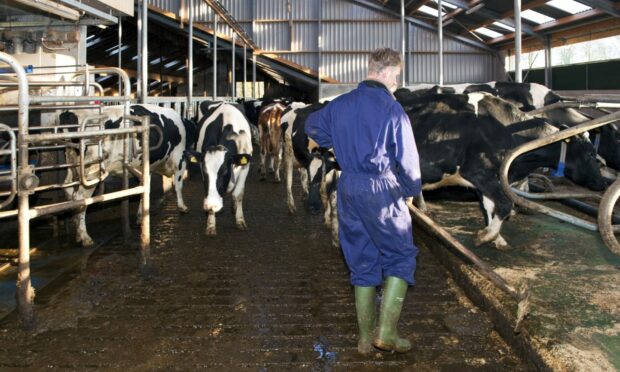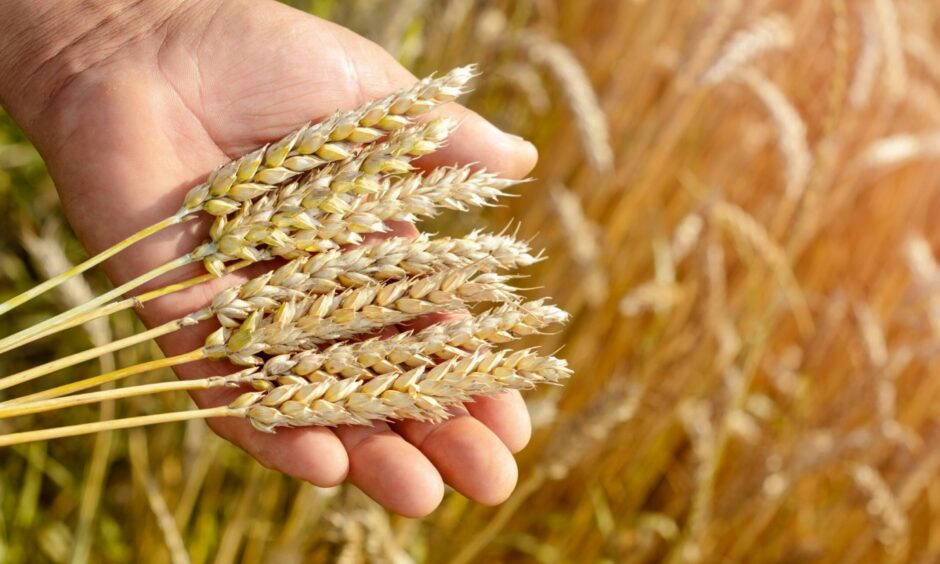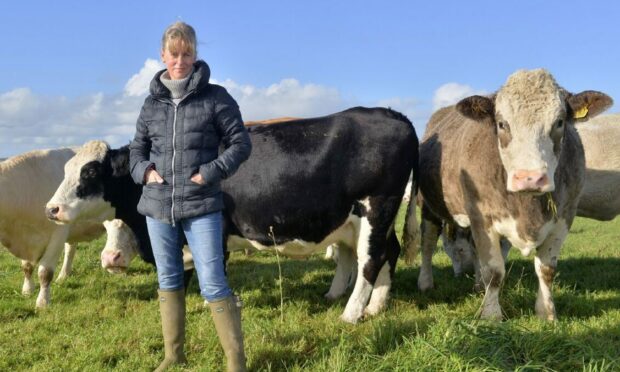Concerns over rising costs could push hundreds of UK dairy farmers out of business in the next two years, warns the NFU.
The farming union south of the border said a survey of dairy farmers showed 7% of producers believed they are likely to stop producing milk by 2024 – representing a potential exodus of 840 farmers from the industry in the next two years.
The survey also found 93% of dairy farmers were most concerned about prices of feed for the next two years, with 91% concerned about fuel prices, 89% concerned about energy costs, and 88% worried about the cost of fertilisers.
An NFU survey of arable farmers also found a third of growers had made changes to their cropping plans in the last four months, with 90% attributing this to rocketing fertiliser costs.
The survey also found arable farmers were beginning to switch from growing milling wheat for bread to feed wheat for animals.
NFU president, Minette Batters, said the survey results showed the impact of rising costs on farmer confidence.
“We have some of the world’s best farmers who are passionate about growing a plentiful supply of food, produced to world-leading standards of animal welfare, environmental protection and sustainability,” said Ms Batters.
“However, costs are rising rapidly on farms across the country and across all sectors.
“It’s already having an impact on the food that we are producing as a nation as well as leading to a crisis of confidence among Britain’s farmers; these survey results clearly set out what we have to lose if nothing is done.”
She called on the UK Government to take action by introducing a statutory duty for Ministers to consider how any new policy will impact on food production.
“Farmers are at the heart of delivering many of the ambitions government holds – whether that is food production, environmental protection, or reaching net zero,” added Ms Batters.
“Farmers are up for the challenge and playing their part in the solution but investment and commitment from government is crucial along this journey, particularly when they are battling costs like never before.”
The NFU survey results come following an NFU Scotland (NFUS) survey which found 92% of Scottish farmers had already altered production plans as a result of rising input costs.
Speaking at the Royal Highland Show last month, NFUS president Martin Kennedy insisted food prices must rise, supermarkets need to “take a reality check”, and governments need to look at the implications of what happens if people stop producing food in Scotland.
Earlier this week, leading agricultural consultancy Andersons blamed rising input costs for agflation being at its highest level in decades.
The company’s latest estimates suggest agflation – a rise in the price of agricultural food products – currently stands at 25.3%.
This compares to general inflation figures of 9.1% as measured by the consumer prices index (CPI) and 8.5% as measured by the CPI food prices index.
Andersons said agflation was likely to remain high for the rest of the year and challenges loomed for arable farmers in 2023 when higher costs and taxation on 2022 profits are likely to stretch working capital requirements.



Conversation